10 Military Uniforms That Became Iconic in History
The history of military uniforms is rich with stories of valor and sacrifice. Many of these uniforms have become symbols of national pride and remembrance. They are often associated with the bravery of soldiers who faced immense challenges. Some uniforms have transcended their original purpose, becoming symbols of cultural identity.
This post may contain affiliate links, which helps keep this content free. Please read our disclosure for more info.
Redcoat Uniform (British Army)
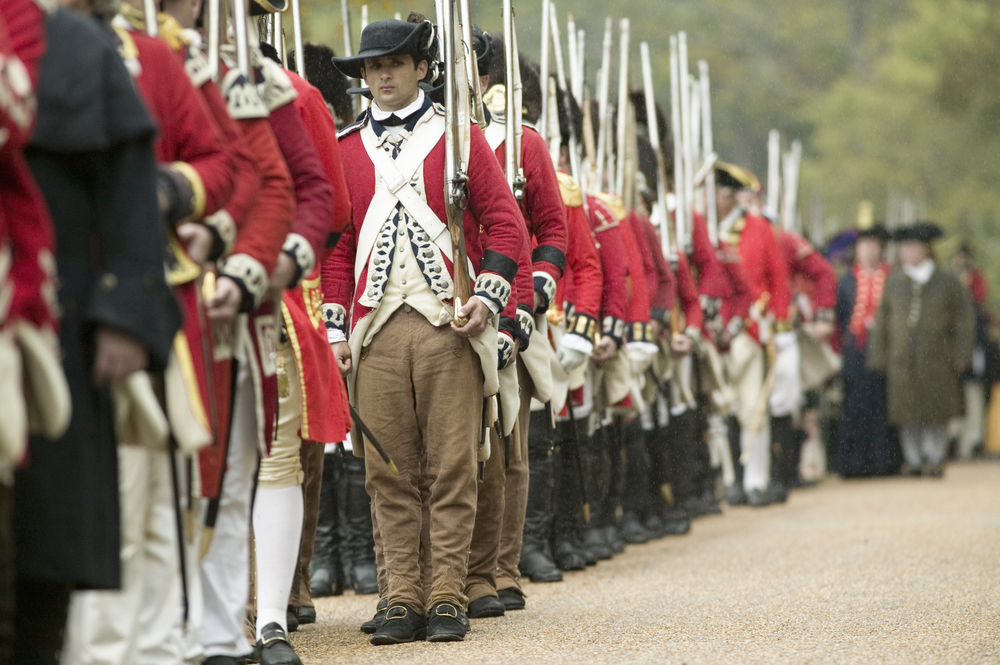
The British Redcoat uniform became iconic due to its distinctive red coat, which made British soldiers easily recognizable during the 18th and early 19th centuries. This uniform symbolized the British Empire’s military dominance and was worn during critical battles such as those in the American Revolutionary War. The bright red color was both practical for quick identification and had a psychological impact on enemies, showcasing strength and unity. Over time, the Redcoat has become a symbol of British military heritage and is often seen as an emblem of historical military prowess.
In addition to its military significance, the Redcoat uniform has left a lasting impression in popular culture. It has appeared in countless films, books, and reenactments, further cementing its iconic status. Its boldness, simplicity, and connection to pivotal moments in history have helped preserve its legacy. The uniform remains a powerful reminder of Britain’s military history and the Redcoats’ role in shaping the modern world.
U.S. Army Air Corps Leather Flight Jacket (World War II)
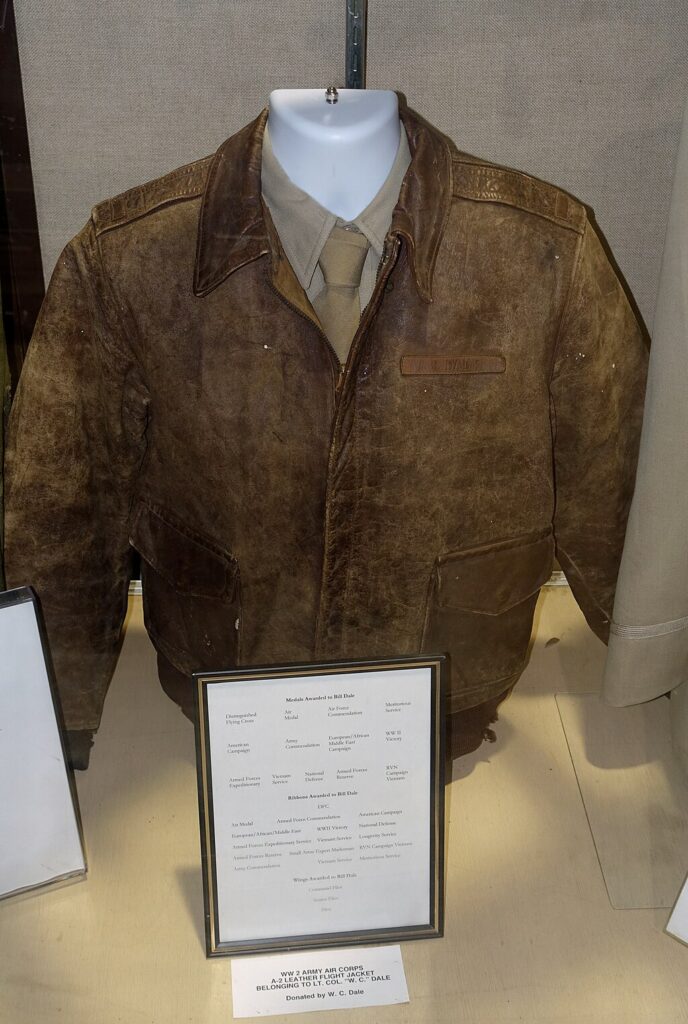
The U.S. Army Air Corps Leather Flight Jacket is iconic for its rugged appearance and association with the brave pilots of World War II. Worn by members of the U.S. Army Air Forces, it became a symbol of courage and determination in the skies. The jacket was designed for practicality, offering warmth and durability in high-altitude flights. It quickly became associated with the “Greatest Generation” and the heroic pilots who fought in WWII.
The jacket’s distinct look, with its shearling lining, metal zippers, and military patches, has made it an enduring symbol of American history. After the war, it became a popular fashion item, often worn by civilians as a sign of patriotism and nostalgia. Today, vintage flight jackets are highly sought after by collectors and military enthusiasts alike. The jacket’s connection to the bravery of those who wore it has made it a timeless piece of military history.
Nazi SS Uniform (World War II)
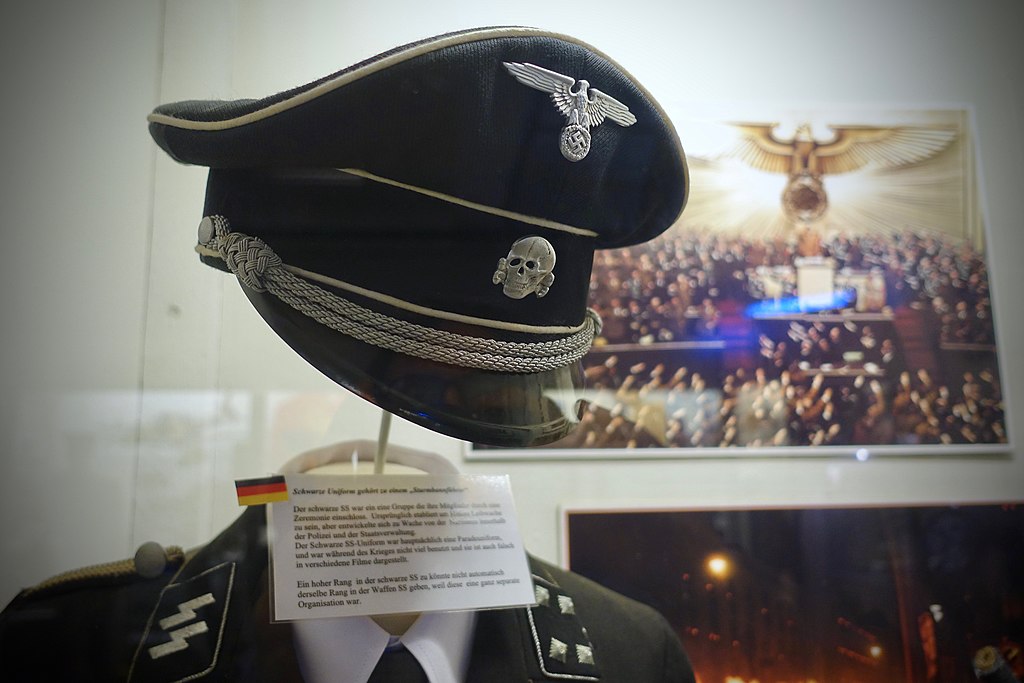
The Nazi SS uniform, designed by SS officer Karl Diebitsch in the 1930s, became a symbol of the regime’s terrifying power and control during World War II. Featuring sharp, angular lines and a distinctive black color, it evoked a sense of militaristic discipline and fear. The uniform’s most famous feature was its SS insignia, which became synonymous with the atrocities committed during the Holocaust. Despite its dark history, the SS uniform remains one of the most recognized military uniforms in the world.
The uniform has become a symbol of the sinister ideology of the Nazi regime and its legacy of oppression and terror. Its design, however, has influenced military uniforms and fashion for decades, despite its association with a horrific past. Many collectors view it as a dark artifact of history, emphasizing the need to remember the horrors of the past. Its impact on both historical and modern imagery cannot be denied.
German Wehrmacht Uniform (World War II)
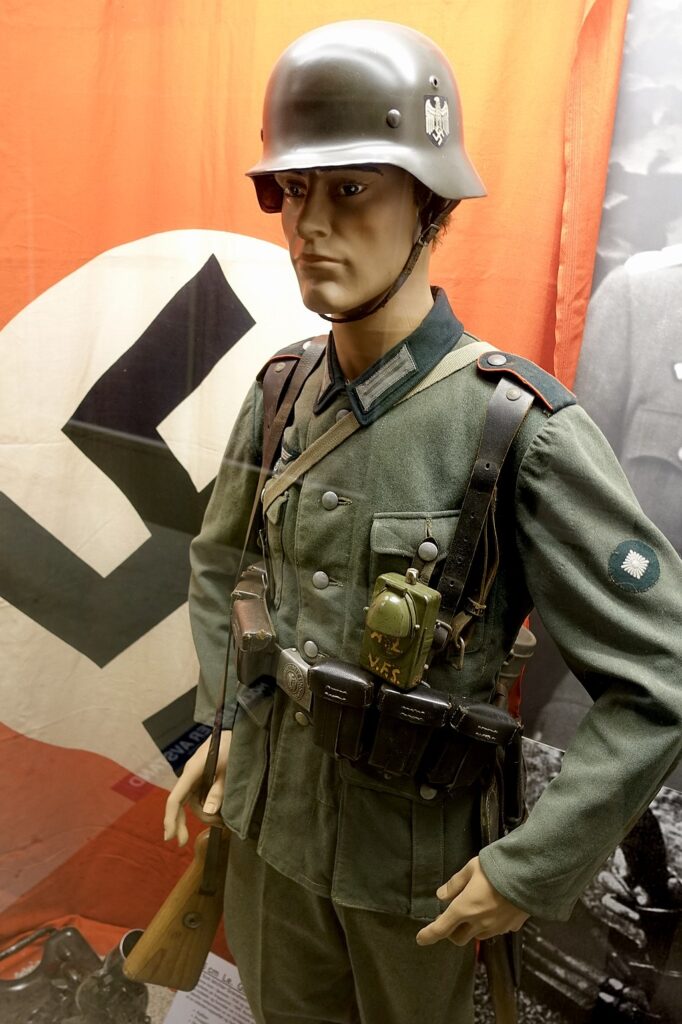
The German Wehrmacht uniform from World War II is one of the most well-known military uniforms, representing the power and reach of Nazi Germany. The uniform featured field grey jackets, distinctive eagle insignia, and various medals, reflecting the pride and military discipline of the era. Soldiers in the Wehrmacht wore this uniform during major battles like the invasion of France and the Soviet Union’s counteroffensive. Its design was both practical and symbolic, representing the German army’s fighting spirit during the war.
The Wehrmacht uniform continues to be studied by historians and military enthusiasts due to its design and the roles it played in the war. Though the association with Nazi ideology casts a shadow over its legacy, it remains an important piece of military history. Over time, replicas and militaria collections have kept interest in the uniform alive. Its design principles have also influenced modern military uniforms worldwide.
Soviet Army Uniform (World War II)
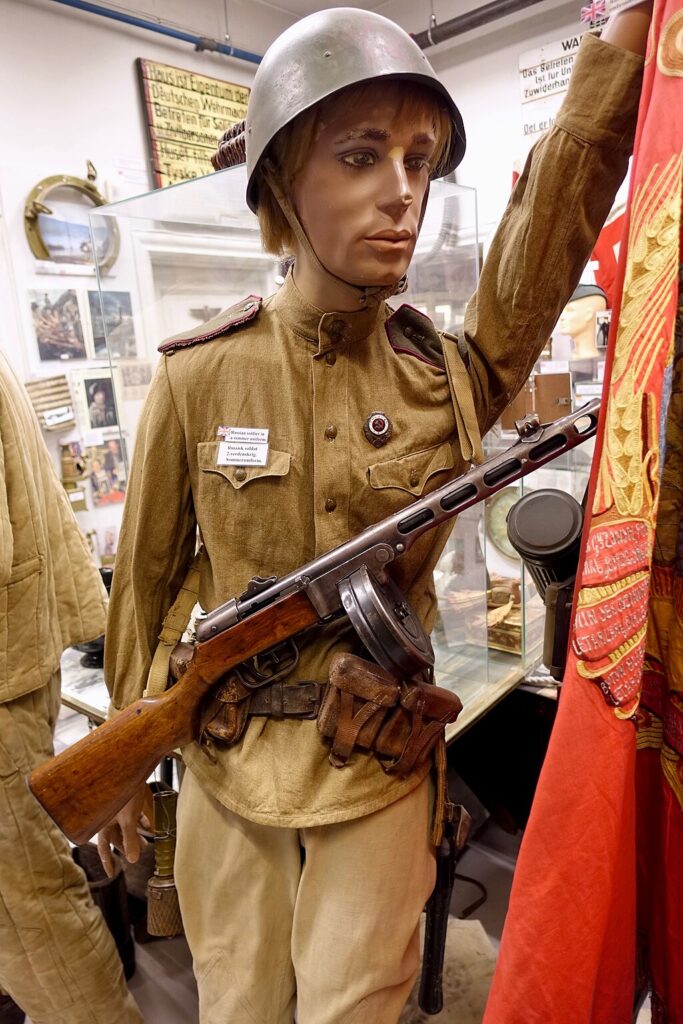
The Soviet Army uniform worn during World War II is recognized for its distinctive green and brown color scheme, designed to blend into the environment. The uniform became iconic due to the Soviet Union’s resilience and ultimate victory over Nazi Germany. Featuring elements like shoulder epaulets and a double-breasted tunic, it symbolized the strength and solidarity of Soviet forces. The uniform became a powerful emblem of Soviet nationalism and pride.
After the war, the Soviet Army uniform continued to hold significant cultural value, symbolizing both the military and political might of the USSR. During the Cold War, the uniform became a symbol of the Soviet Union’s global influence. Today, it is a cherished piece of military history for collectors and museums. The Soviet Army uniform’s legacy remains tied to the period of Soviet power and influence in the 20th century.
French Foreign Legion Uniform
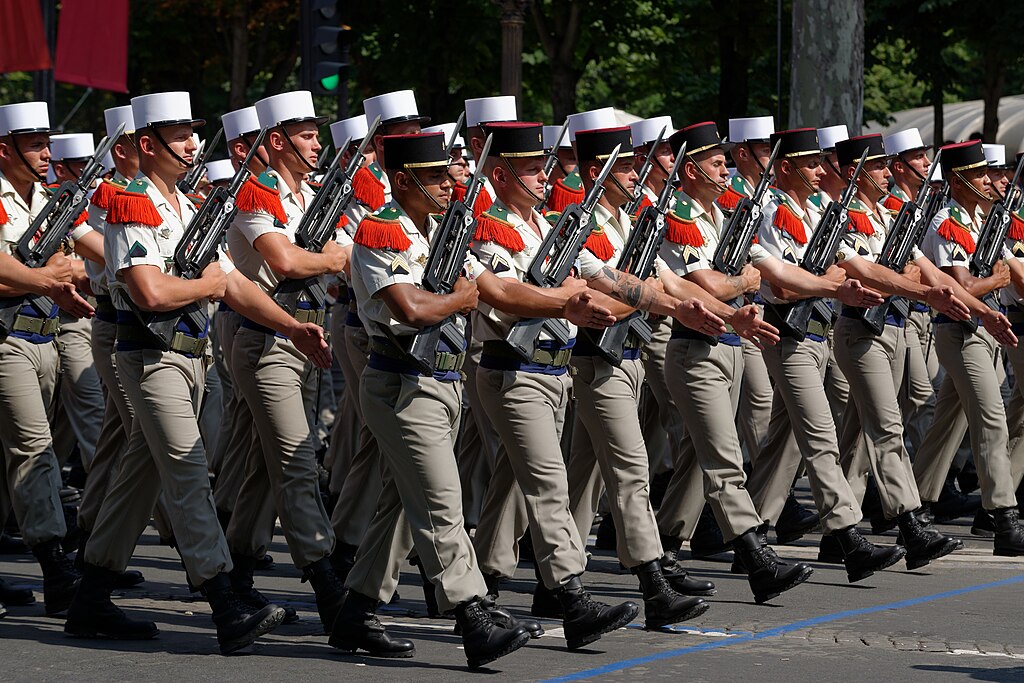
The French Foreign Legion uniform is iconic for its distinctive features, including the white kepi hat, green tunic, and red and blue insignia. Originally designed for foreign volunteers in the 19th century, it has become synonymous with the bravery and toughness of the Legion. Known for its rigorous training and demanding service, the uniform represents the sense of brotherhood and dedication found within the Legion. The French Foreign Legion has earned a reputation for tackling some of the most difficult military assignments worldwide.
The uniform’s unique look, combined with the legacy of the Legion’s involvement in significant conflicts, has made it a symbol of elite military service. It is often seen as a badge of honor for those who have served with the Legion, regardless of nationality. Over time, the uniform has been immortalized in films and literature, contributing to its iconic status. Its appeal continues among military enthusiasts and history buffs alike.
British Royal Navy Uniform
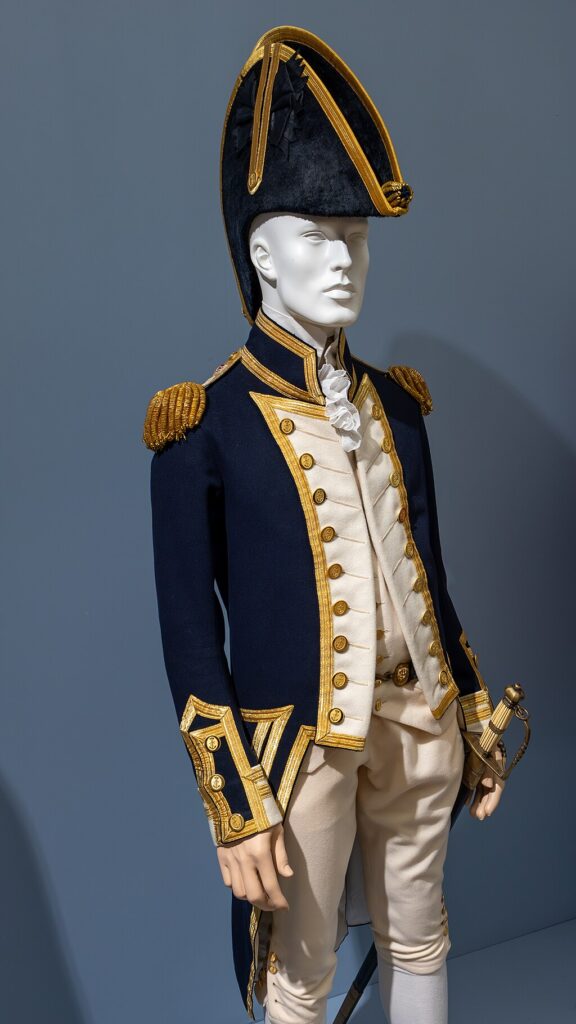
The British Royal Navy uniform is instantly recognizable, known for its navy blue coat, white trousers, and gold-trimmed epaulettes. This uniform dates back to the 18th century and has undergone various changes over the centuries, becoming a symbol of the Royal Navy’s longstanding dominance on the seas. Worn by sailors and officers alike, the uniform symbolizes both tradition and service in one of the world’s most renowned naval forces. The British Royal Navy’s role in global history is directly linked to the legacy of this uniform.
The design of the British Royal Navy uniform has influenced many other naval forces around the world. Its association with military discipline, honor, and historical victories makes it an important symbol in British military history. Over the years, the uniform has become a source of national pride, representing the strength and endurance of the Royal Navy. Today, it is often seen at ceremonial events, maintaining its status as an iconic piece of military apparel.
U.S. Army Uniform (Civil War)
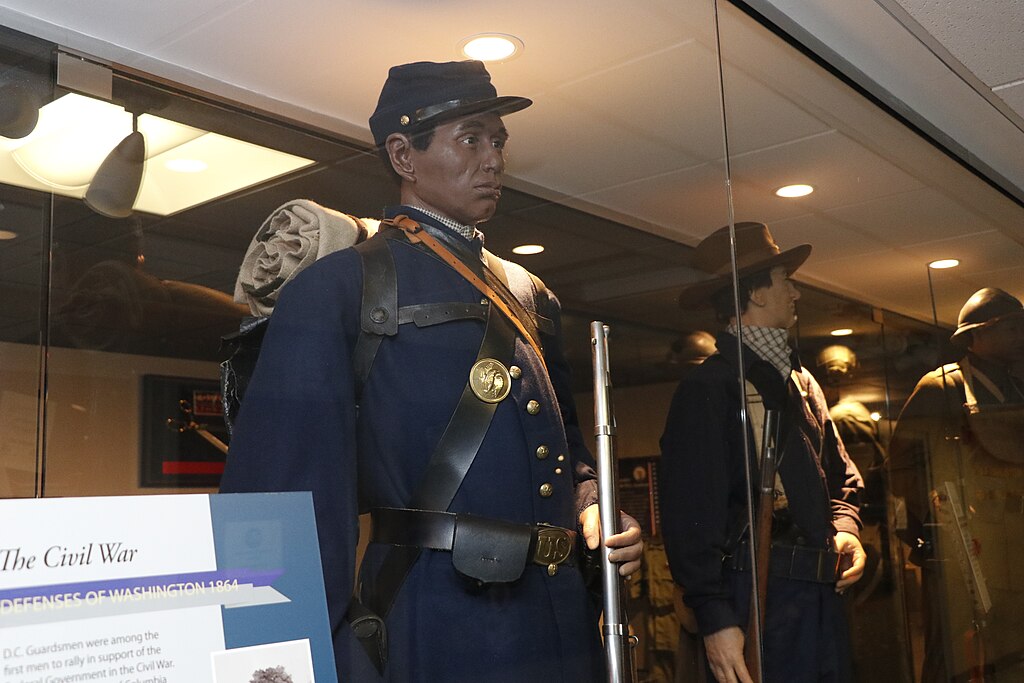
The U.S. Army uniform from the Civil War era is an iconic representation of the conflict between the Union and the Confederacy. The Union soldiers wore dark blue woolen coats, while the Confederate soldiers wore grey or butternut-colored tunics. This distinction made the uniforms a vital part of the war, helping to identify which side a soldier was on. The Civil War uniforms remain a powerful symbol of the deep divisions in U.S. history.
The design and colors of these uniforms have continued to shape the perception of the Civil War. Soldiers wore them during key battles like Gettysburg and Antietam, making them deeply connected to pivotal moments in American history. Over the years, Civil War uniforms have been studied, preserved, and displayed in museums. These garments stand as a testament to the bravery of those who fought and died for their respective causes.
U.S. Navy Blue Jacket Uniform
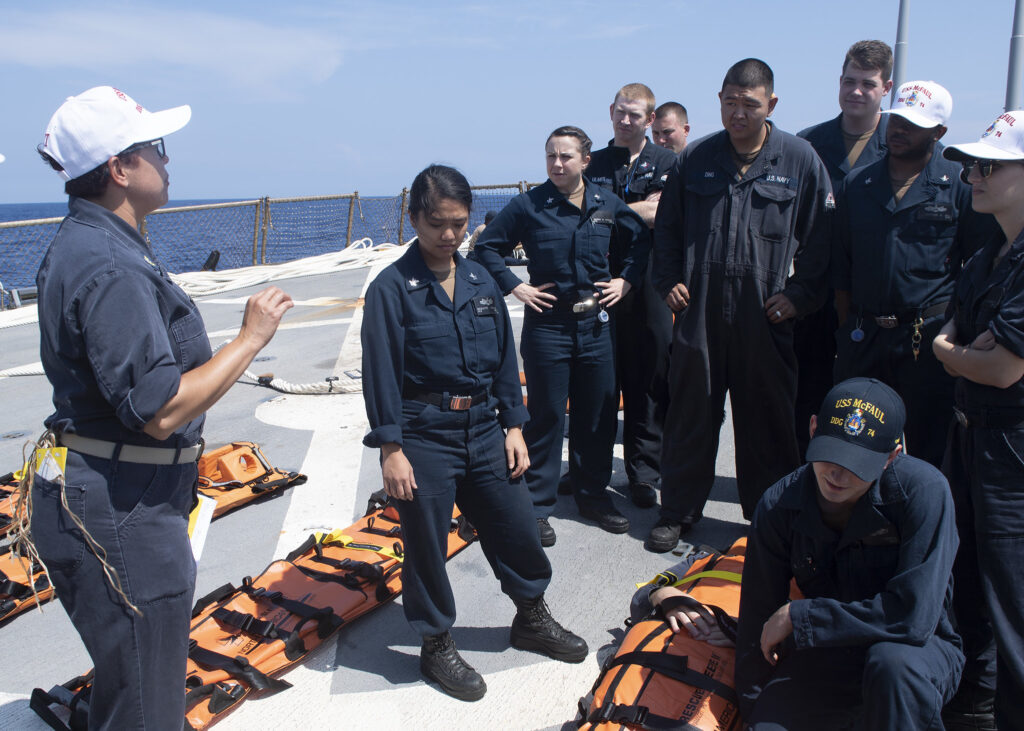
The U.S. Navy Blue Jacket uniform is another instantly recognizable military outfit. Its history dates back to the early 19th century and has seen slight modifications over the years. The classic blue jacket and sailor collar are designed to represent the strength and precision of the U.S. Navy. This uniform symbolizes the dedication of naval personnel who have served across the world’s oceans.
The design of the U.S. Navy Blue Jacket uniform is not only functional but represents the tradition and honor of naval service. The uniform has become a symbol of U.S. naval might and has appeared in various military campaigns. Its simple yet meaningful design continues to be worn by U.S. Navy sailors today. It serves as a powerful reminder of the U.S. Navy’s proud history and its critical role in protecting the nation.
Italian Bersaglieri Uniform
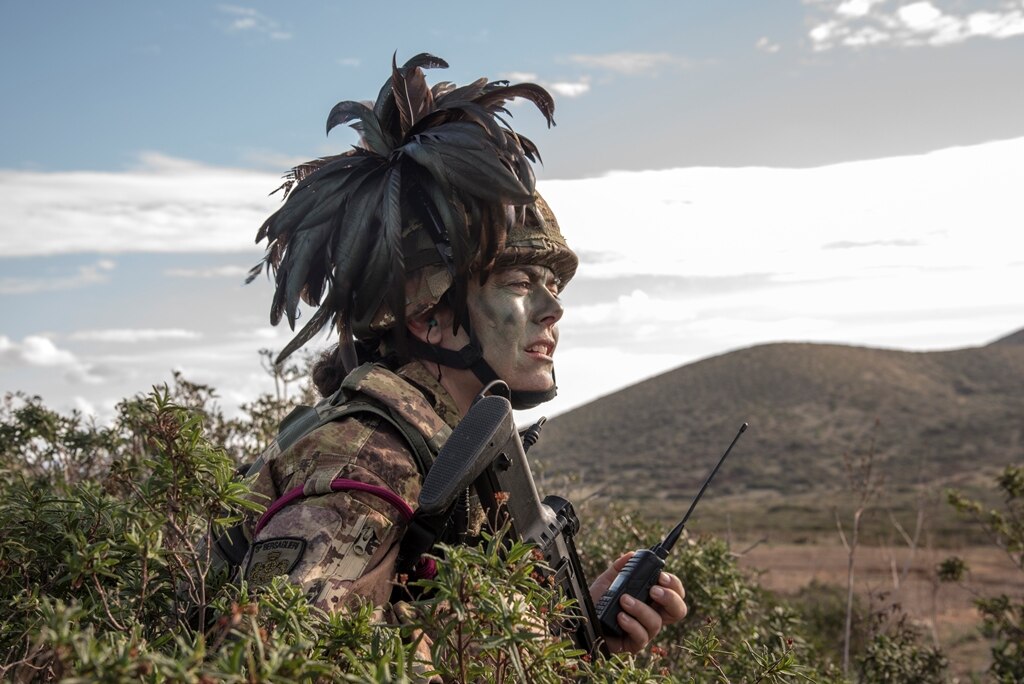
The Italian Bersaglieri uniform is known for its distinctive feathered cap, which gives it a unique and easily identifiable appearance. Worn by elite light infantry units in Italy, this uniform has become a symbol of Italian military prowess. The Bersaglieri were renowned for their speed and agility, and their uniforms reflected this, with a practical design that allowed them to move quickly across varied terrains.
The feathered cap, known as a “piuma,” has become synonymous with the Bersaglieri and is a proud symbol of their tradition. The uniform has been worn during Italy’s most important military campaigns, and its legacy continues in modern-day Italy. Today, the Bersaglieri remain a highly respected unit in the Italian Army, and their uniform continues to evoke pride and honor.
This article originally appeared on Avocadu.
